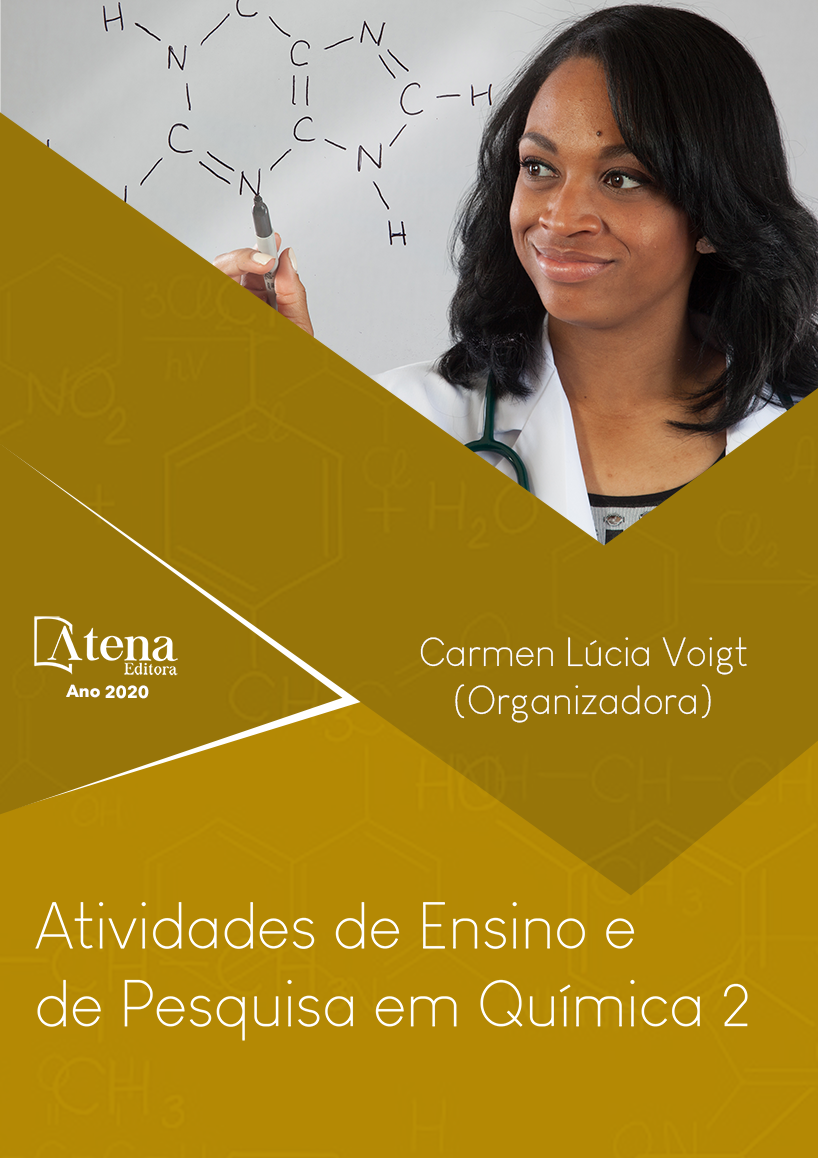
SECAGEM DE POLPA DE PITANGA - ANÁLISE DO DESEMPENHO DO SECADOR POR ATOMIZAÇÃO COMPARATIVAMENTE AO SECADOR DE LEITO DE JORRO
Com o propósito de prolongar o
período de conservação dos alimentos para
que frutas possam ter maior prazo de validade,
a secagem, vem se mostrando um processo
cada vez mais importante na indústria de
alimentos, uma vez que a cada dia surgem
novas pesquisas satisfatórias para a produção
de frutas em pó. Os processos de secagem
retiram a umidade do alimento provocando
redução dos microorganismos que realizam
decomposição, já que eles não podem crescer
na ausência de água. Neste trabalho foi
realizado o estudo preliminar da secagem de
polpa da pitanga, com adição de leite fluido
e alguns aditivos (whey protein, albumina e
goma arábica) em secador de leito de jorro
e no spray drying, com o objetivo de avaliar
o desempenho dos secadores na produção
de pitanga em pó. Conforme os resultados a
adição dos adjuvantes em especial a proteína
isolada do soro do leite (whey protein) e a
albumina interferiram na produção do pó nos
dois tipos de secadores analisados, uma vez
que a secagem da polpa in natura é inviabilizada
pelos açúcares redutores existentes na mesma.
Mesmo assim os rendimentos foram baixos,
porém mais elevados no secador de leito de
jorro. Em relação ao desempenho térmico, as
eficiências foram muito baixas, o que pode ser
justificado pela elevada vazão de ar requerida
para manter a dinâmica dos dois secadores e
as perdas de calor para o ambiente, visto que
ambos os equipamentos não se encontravam
termicamente isolados.
SECAGEM DE POLPA DE PITANGA - ANÁLISE DO DESEMPENHO DO SECADOR POR ATOMIZAÇÃO COMPARATIVAMENTE AO SECADOR DE LEITO DE JORRO
-
Palavras-chave: Spray Dryer, Leito de jorro, Secagem, Pitanga, Desempenho.
-
Keywords: Spray Dryer, Spouting Bed, Drying, Pitanga, Performance.
-
Abstract:
With the aim of extending the period of conservation of food to the
largest number of records of food, since every day new satisfactory research for the
production of powdered fruit appears. The drying processes revert the ability to reduce
microorganisms that reduce the rate of consumption. In this work the preliminary
study of the drying of the pulp, with addition of milk and some additives (whey protein,
albumin and gum arabic) in a spouted bed drier and spray dryer. Analysis made with a
mixture and the obtained powder in drying, show us which the best and most profitable.
According to the results the addition of the adjuvants in particular whey protein and
albumin interfered in the production of the powder in the two types of dryers analyzed,
since the drying of the in natura pulp is not feasible by the existing reducing sugars in
the same. Even so, the yields were low but higher in the spouted bed. Regarding the
thermal performance, the efficiencies were very low, which can be justified by the high
airflow required to maintain the dynamics of the two dryers and the heat losses to the
environment, since both equipment were not thermally insulated.
-
Número de páginas: 12
- Emanuelle Maria de Oliveira Paiva
- Yuri Souza Araújo
- Maria de Fátima Dantas de Medeiros
- Amanda Beatriz Monteiro Lima


